(Marche des fiertés) took place in Paris on Saturday June 29.
It celebrated its 50th anniversary.
Indeed, it was in June 1969, after a violent police raid on the Stonnewall Inn, New York's legendary gay bar, that the first lesbian, gay, bisexual and transgender (LGBT) parade was organized across the Atlantic.
These demonstrations, which turned into riots over several days, marked the beginning of the fight for equal LGBT rights. Gay Pride arrived in Paris in 1981.
According to an Ifop poll published in 2018, 83 % of French people now believe that the Pride Marches have helped advance people's rights.

Paris Gay Pride is, of course, festive, but its vocation is also political.
"We demand the right not to be afraid when you're on the street holding hands with your partner. After 50 years, nothing has been achieved, and we must continue to fight every day for the rights of LGBT people," said Véronique Godet of the French LGBT association. SOS homophobie.
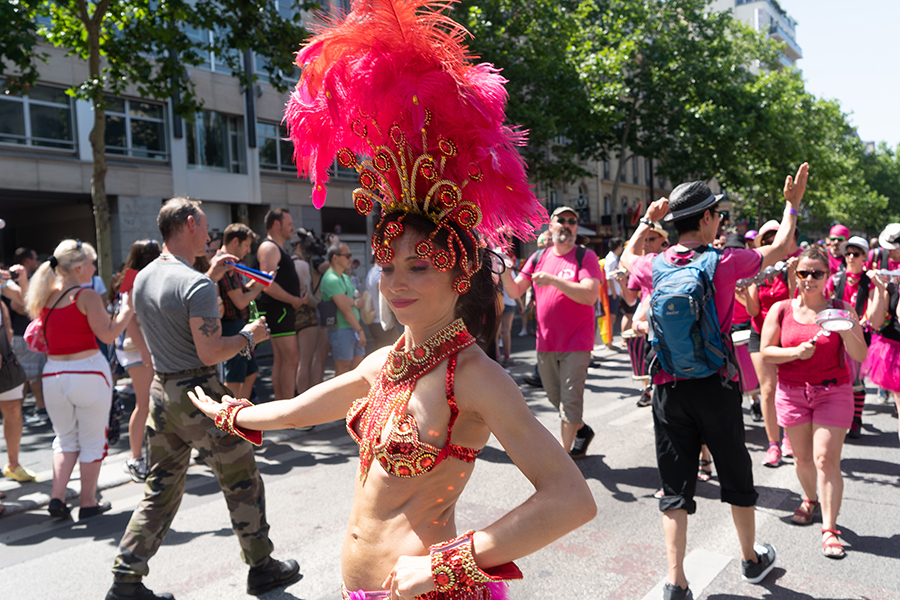
Rainbow FLAG, the rainbow flag features six colors symbolizing different aspects of the community: red for life, orange for comfort, yellow for sunshine, green for nature, blue for art and violet for spirituality.
The rainbow flag quickly became the recognized symbol of gay and lesbian pride and diversity1.
It's also known as the "pride flag".
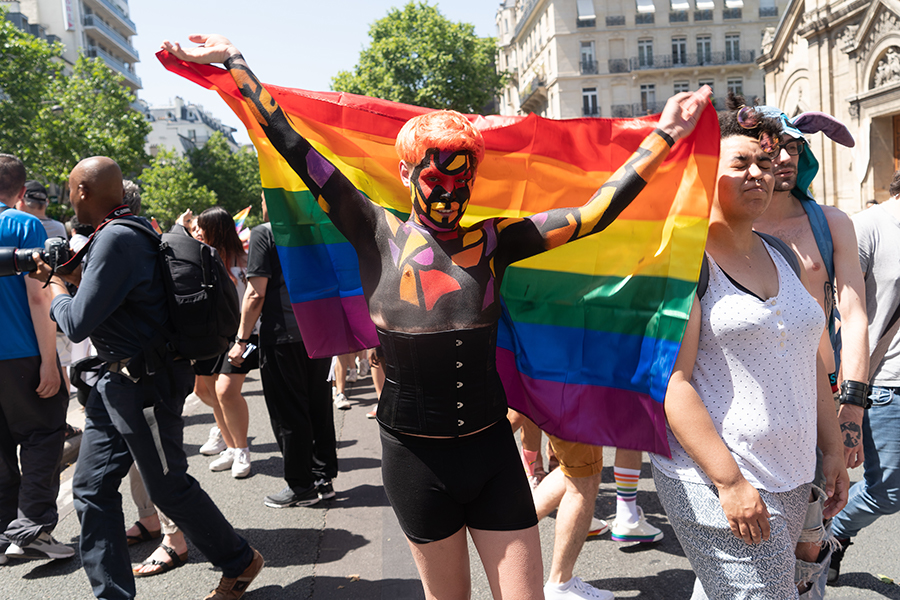
PMA : This year's motto for the march was "Filiation, PMA: fed up with minimalist laws".the federation of associations Inter-LGBT, organizer of the Marche des Fiertés, is campaigning for the extension of the PMA (medically assisted procreation) bill, which should be aimed not only at female couples and single women, but also at intersex, trans and non-trans people," explains Inter-LGBT in a press release.
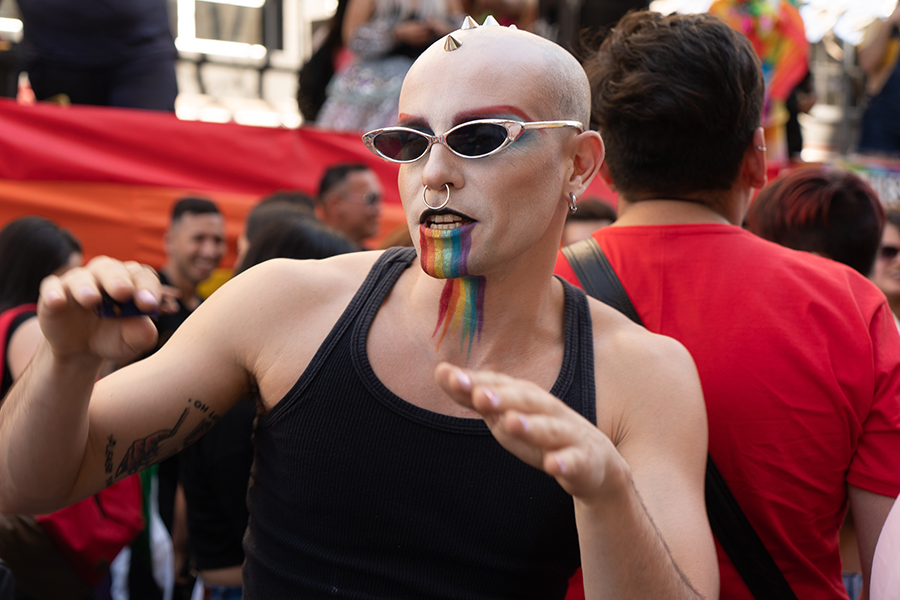
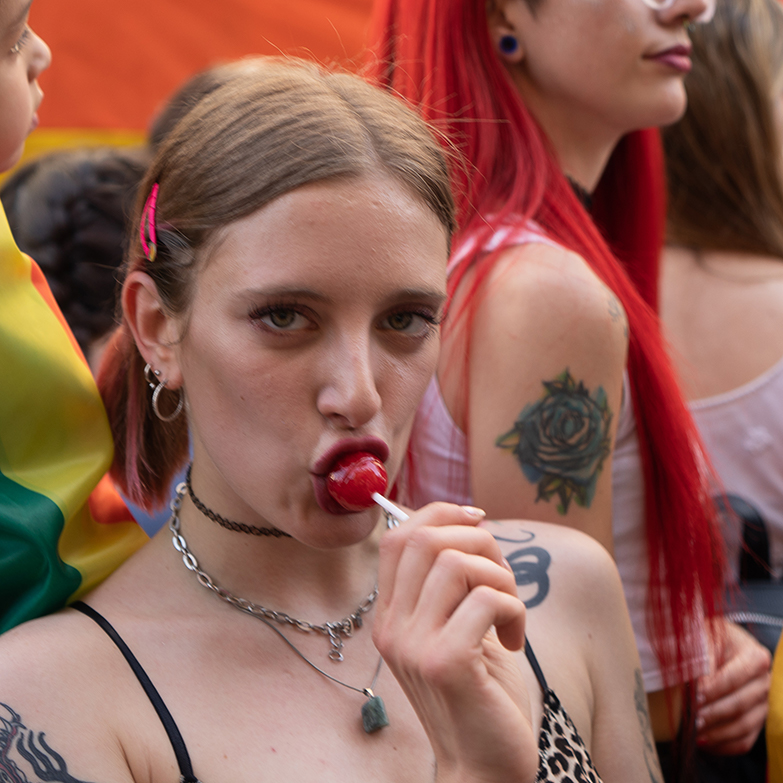
LESBIENNES : This year's Marche des fiertés honored lesbians.
The procession will open with a "largely feminine front group", as the company announced. Clémence Zamora-CruzInter-LGBT spokeswoman.
And it's the "Goudou.es sur roues" collective who'll be opening the ball. Inspired by San Francisco's "Dykes on Bikes", a lesbian motorcycle club that has opened numerous pride houses in the U.S., the "Goudou.e.s" will roll into Paris on wheels or castors.
The term Dyke is very dear to them, as it conveys an assertive, powerful identity that fully embraces marginality and difference.
For Pauline, "it's the most radical expression of lesbianity, not the polite, heteronormative version of the acceptable, invisible lesbian, but rather the big dyke who takes up a lot of space, disturbs everyone and sends them off to fuck off".
In their principles of action, we read: "fight against the censorship of female bodies, minority and non-normed in the public space, bare breasts/torsos with our devilish nipples that are only....nipples" (Source: Huffpost of 06/29).
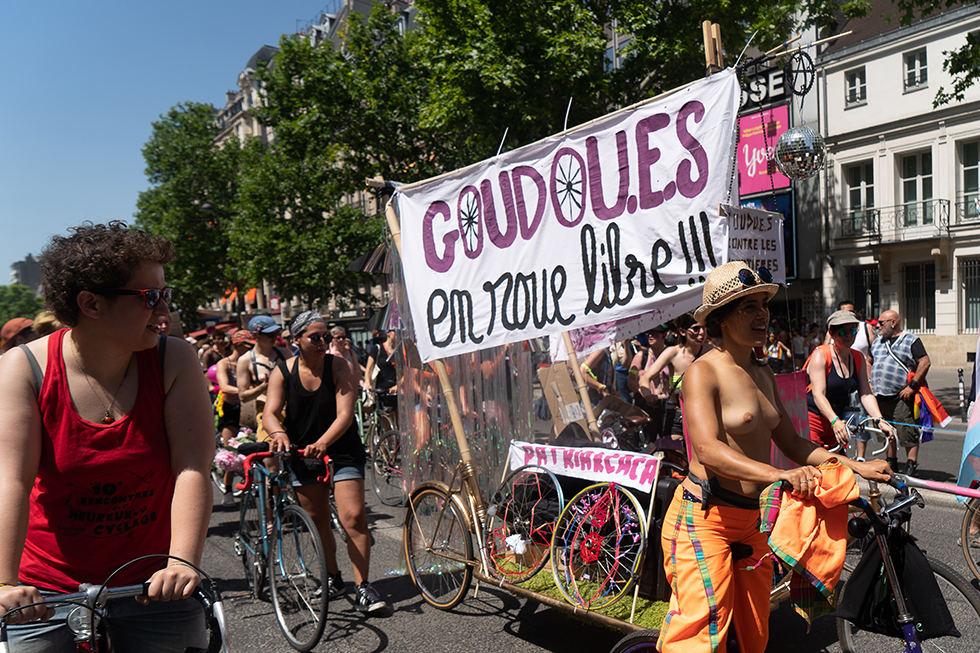
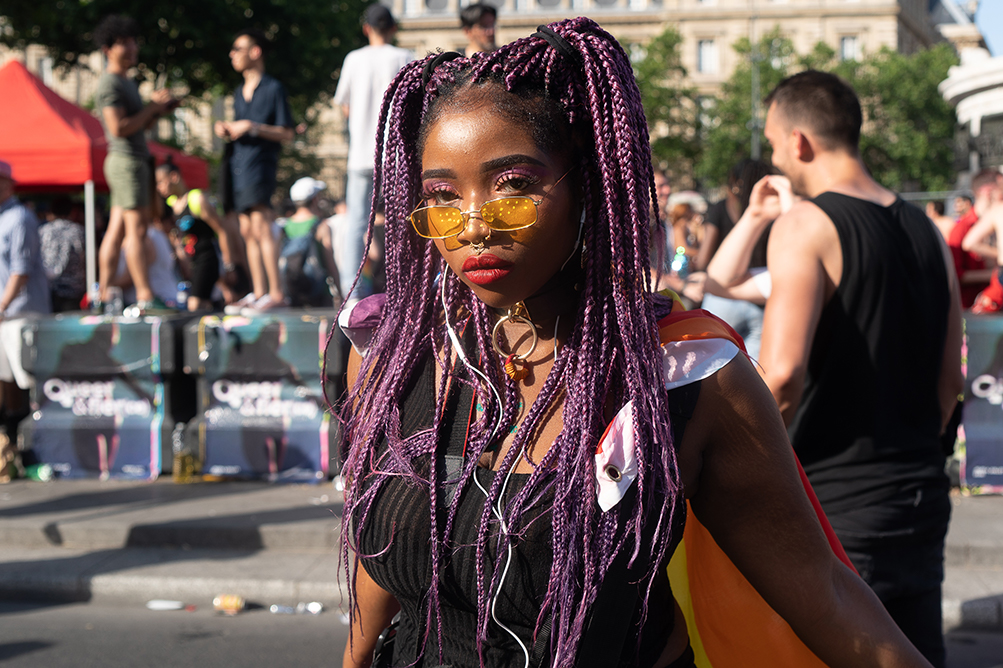
Origin of the term "dyke.
The word appeared in French between 1625 and 1655 as "femme d'une mauvaise vie", based on the Norman word "gouain", meaning bastard. In 1762, it appeared in the Académie française dictionary as a "term of abuse used to describe a woman of ill repute".
In 1853, the slang word "dyke" appeared in literature (Victor Hugo, Les Châtiments).
At the time, female homosexuality was thought to be found mainly among prostitutes, so the term was gradually applied to lesbians.
According to a Canadian Labour Congress definition: "Dyke is a derogatory term used to refer to lesbians, since reappropriated as a positive identity by many lesbians" (source: Wikipedia).
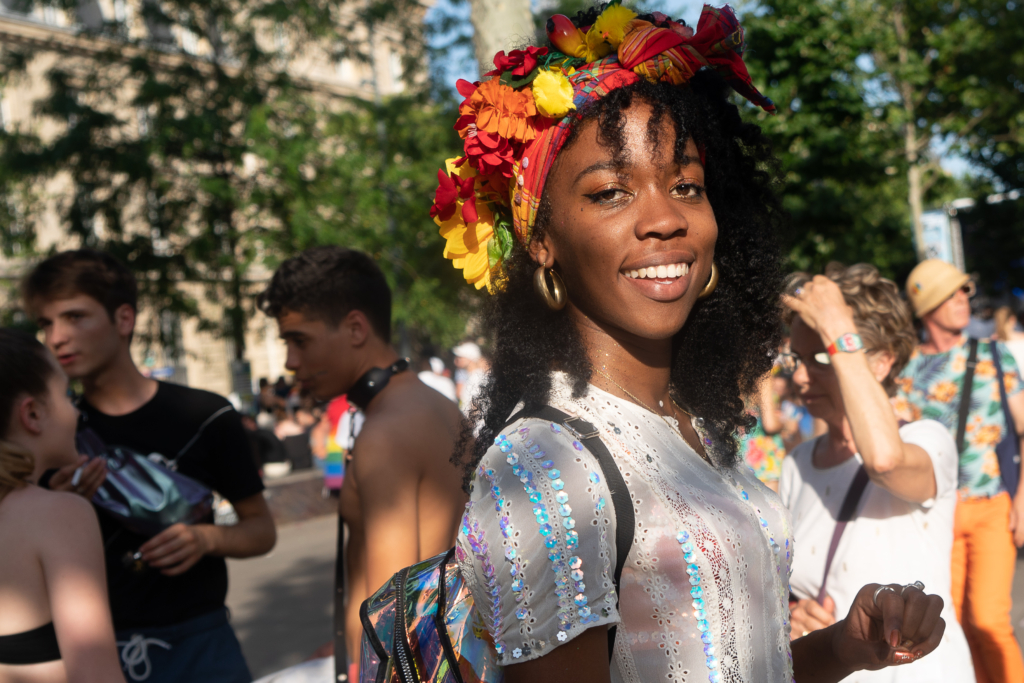
Lesbophobia events increased by 42% in 2018 compared to 2017. 365, or one per day, is the number of lesbophobic acts reported during 2018.
Testimonials from SOS Homophobie are chilling and show extreme violence.
Lesbians seem to be victims of a double penalty: that of being a woman in a patriarchal society, and that of being homosexual in a heteronomous society.
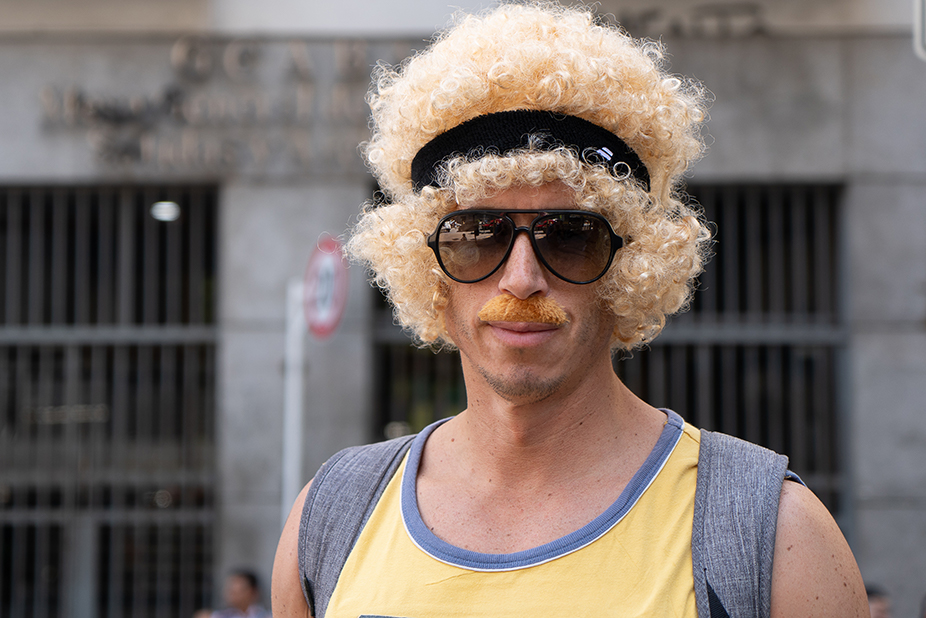

Drag Queens: Transvestite often dressed in exaggerated or wacky or by imitating famous women, for amusement or as aanimation and show.
The origin of the term is controversial, but it is generally accepted that it dates back to the 18th century, when transvestites dragged their skirts behind them; as for queen, the word has long been used to designate homosexual men or promiscuous women.
The film "Priscilla, madwoman of the desert", a drag queen road trip released in 1994, contributed to the success of drag Queens. (Wikipedia).
Here are some of the Drag Guenns we've spotted.
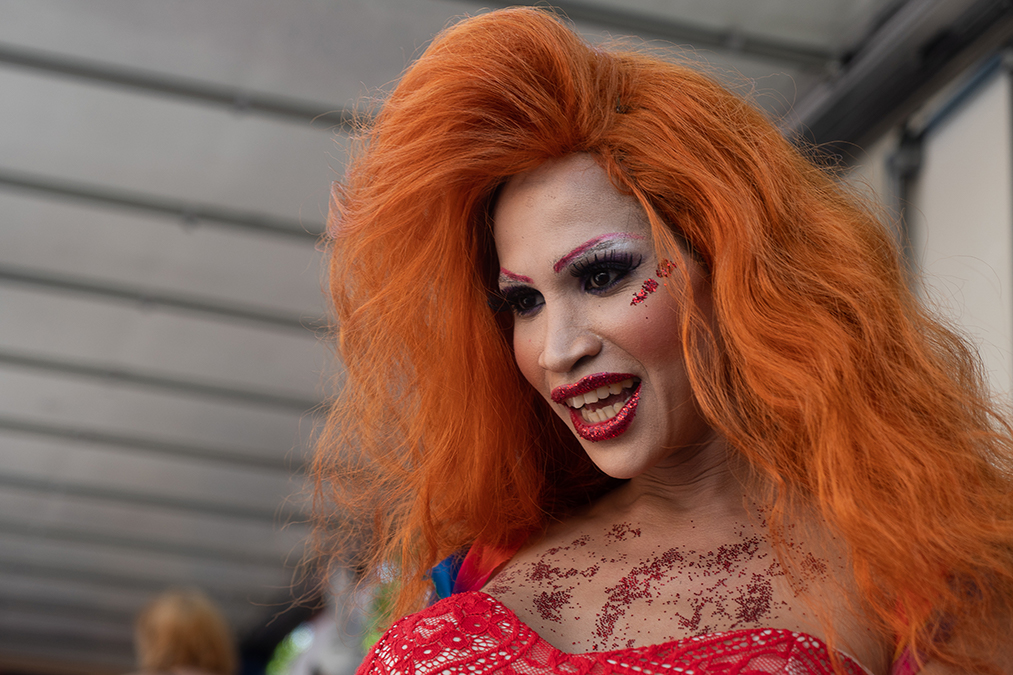
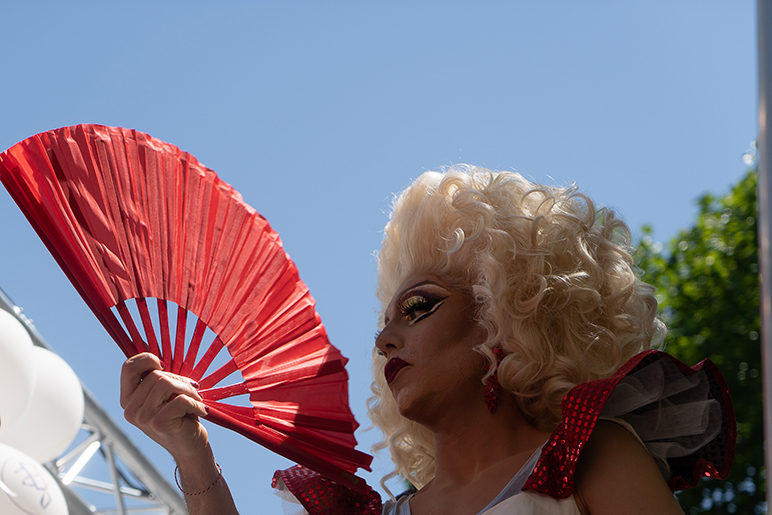
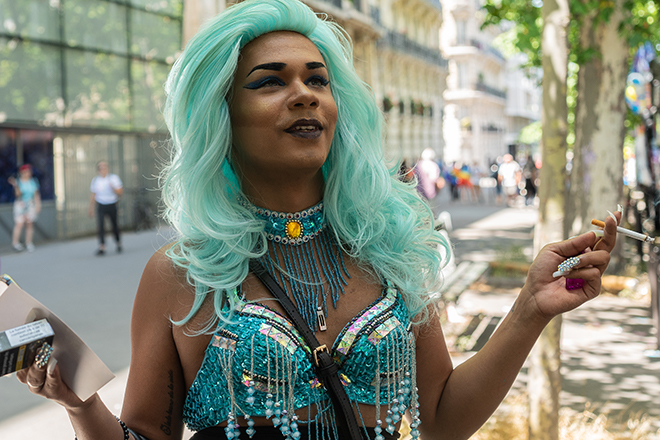
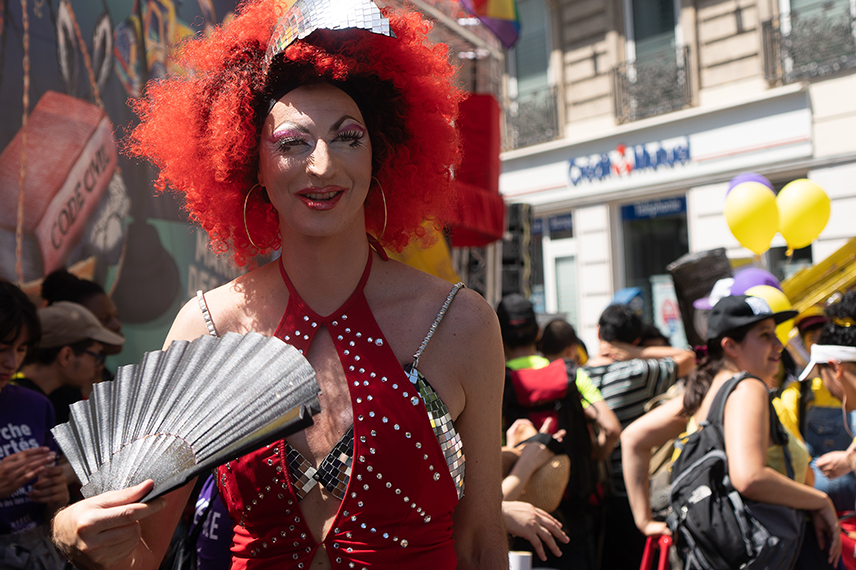
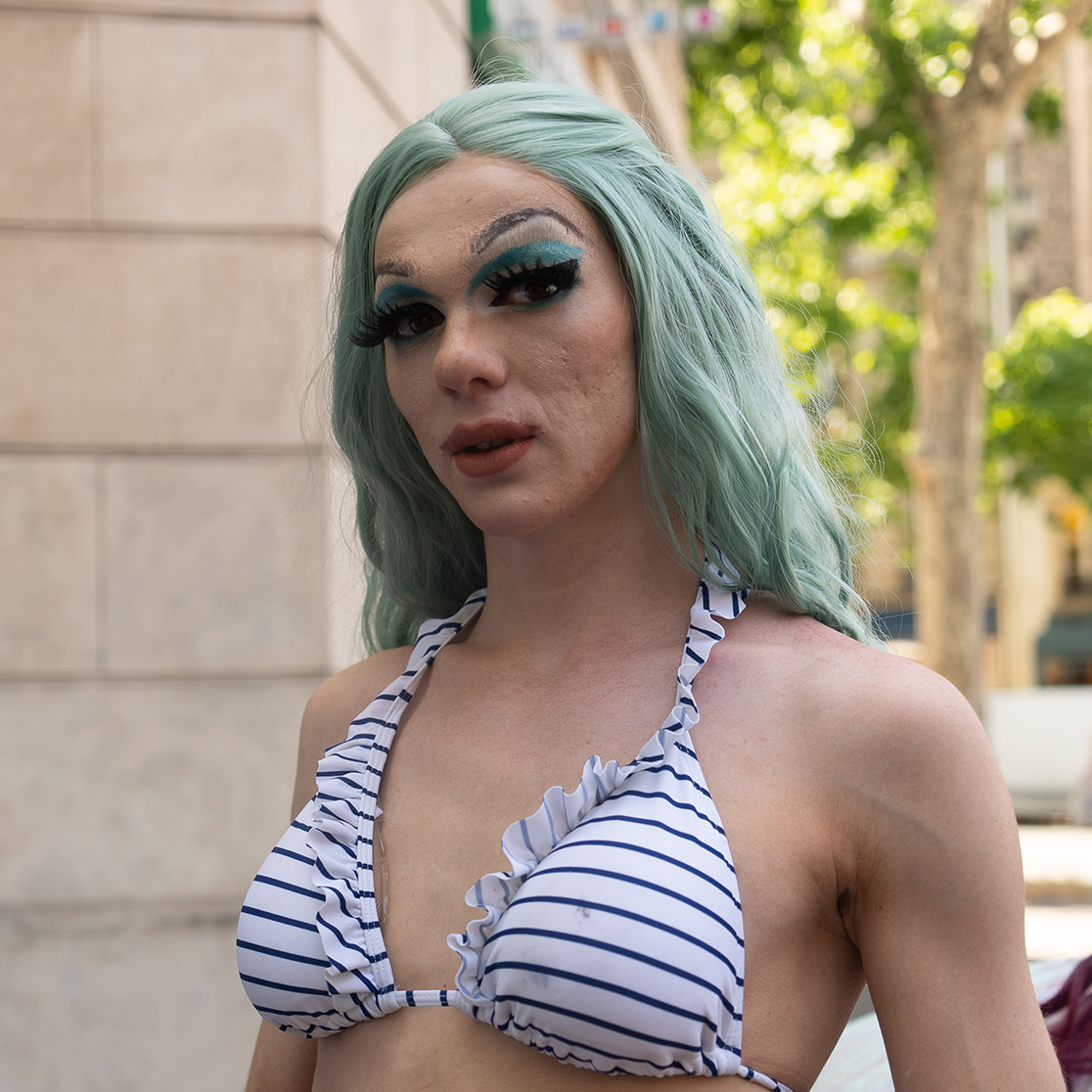
Femen is a Ukrainian feminist group founded in Kiev in 2008.
The group is currently represented in 8 countries. FEMEN activists are adepts of a radical feminism they call "extremism".
The group claims to be atheist and anti-religious.
They are widely criticized for both their methods and their messages (source: Wikipedia)
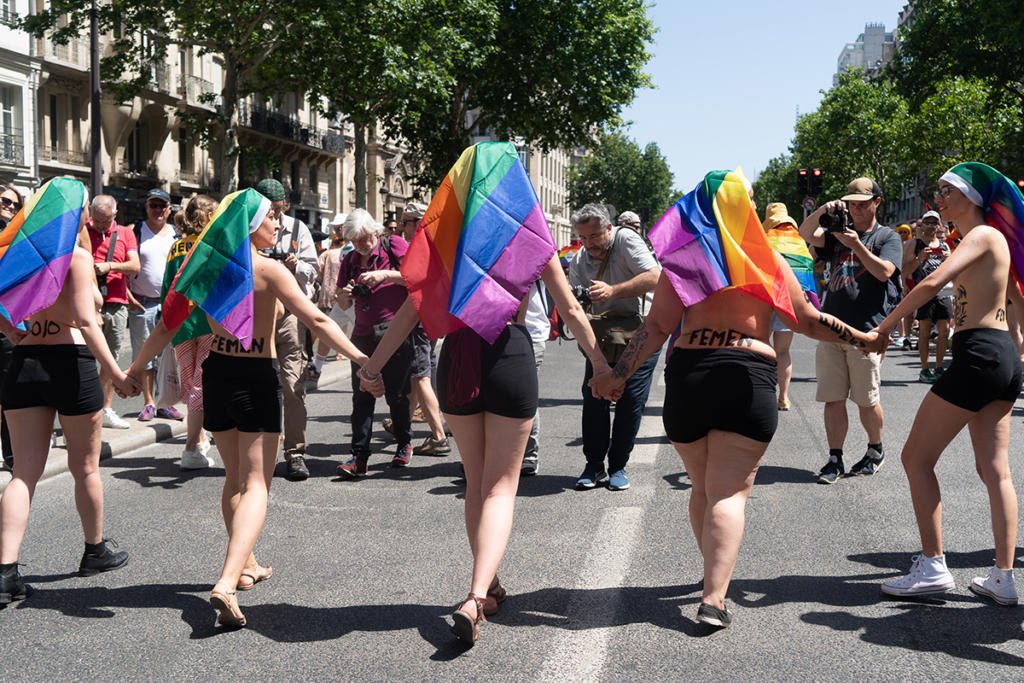
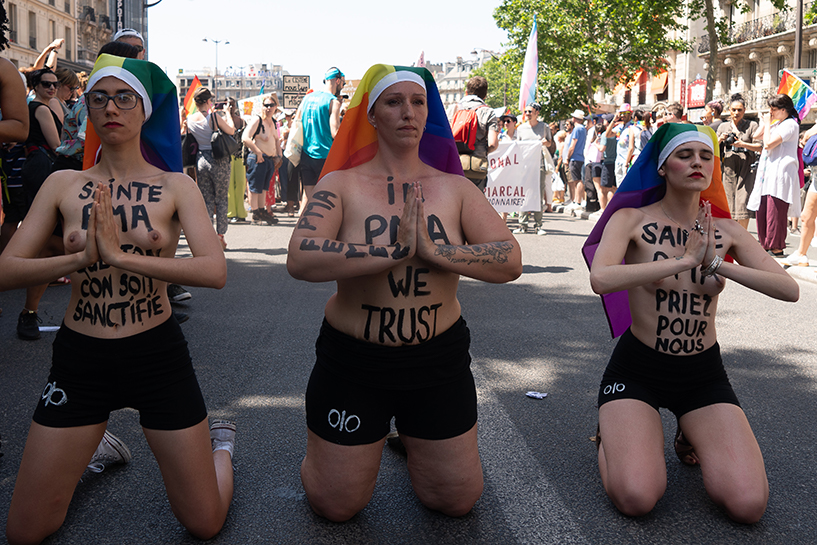
Bears or Ours is a community of homosexuals who, as a rule, have a full head of hair or at least a beard.
Nor, by their very definition, are they overly concerned with their line.
This community was born in the 1980s in the USA.
The idea was to go against the grain of the traditional representation of gay men by opening up to those who might be under-represented: men who assume their raw virility, their age and their possible love handles, far from the stereotypes of icons with hairless, muscular bodies (see Helsinki in the series La casa de papel!).
The community has nearly two million followers in the U.S. (source: Slate.fr Yannick Cochennec. 30 11 2013).
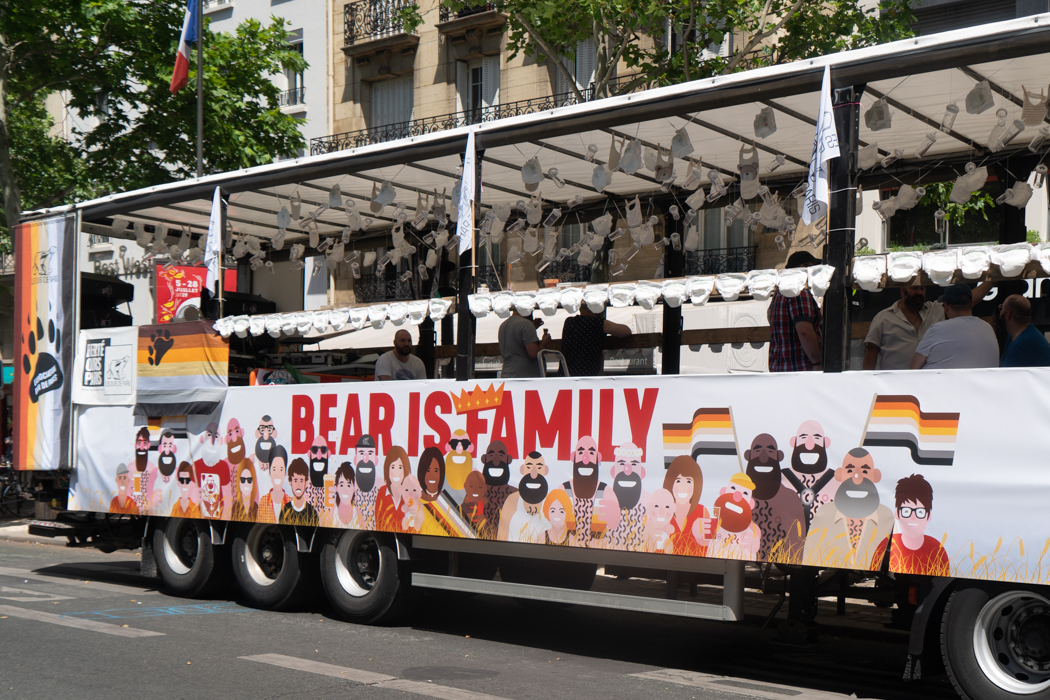
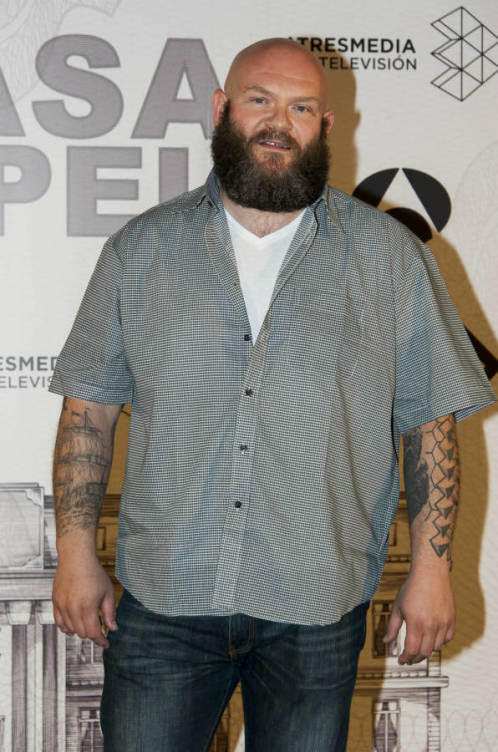
Collectif Féministes Révolutionnaires.
" Marche des Fiertés: let's find the way back to the fight...
We note that 50 years after the Stonewall riots, our struggles are still far from over, and the few advances we have made are constantly being called into question, both by reactionary attacks aimed at maintaining the heterosexual order and by the succession of liberal reforms that are making our lives ever more precarious" (Source: collectif féministes révolutionnaires).
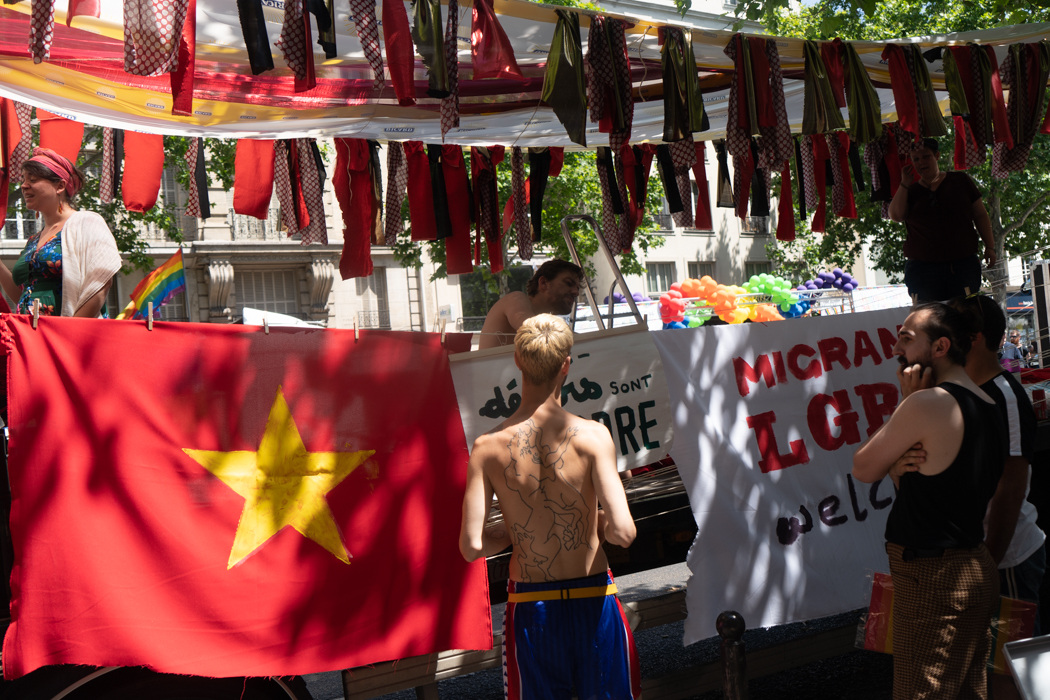
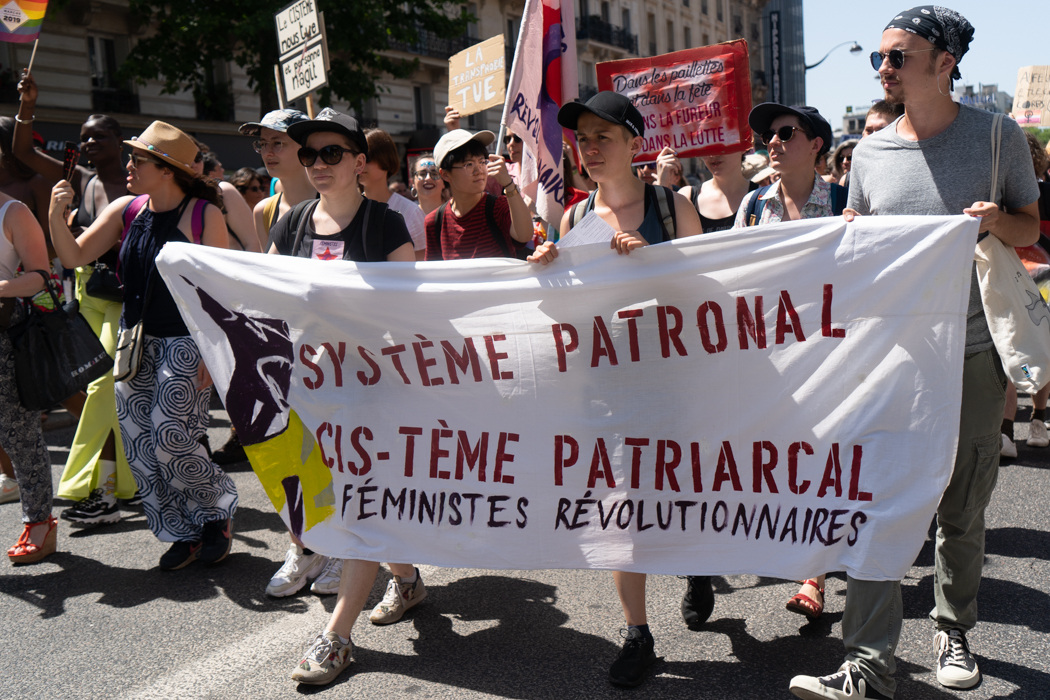
Some homosexual communities belonging to "religious" communities are also present.
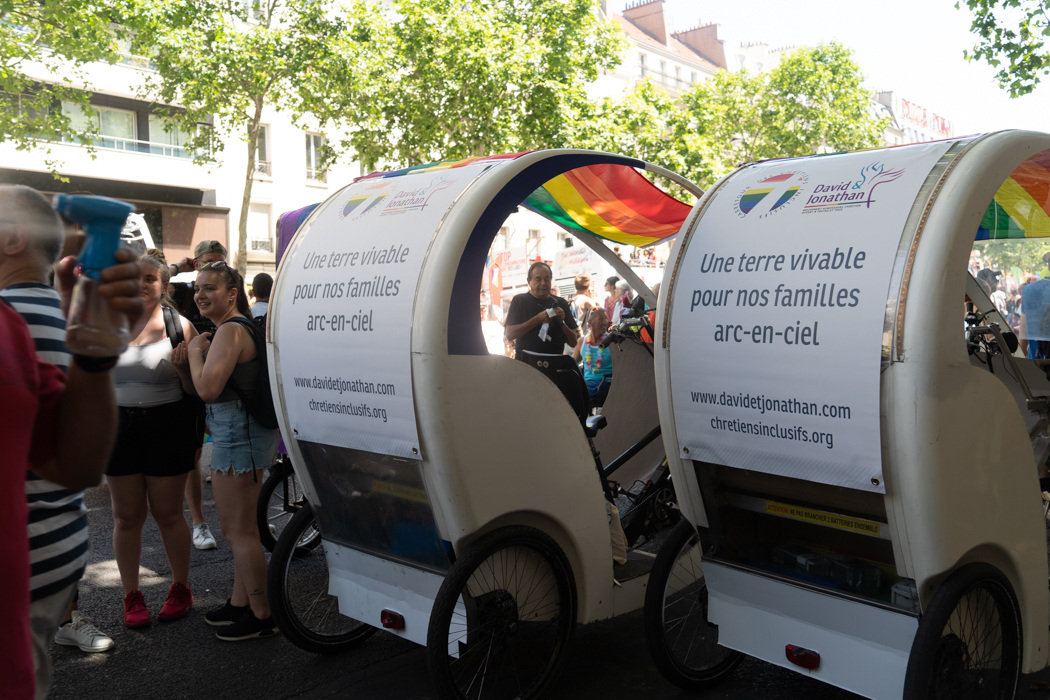
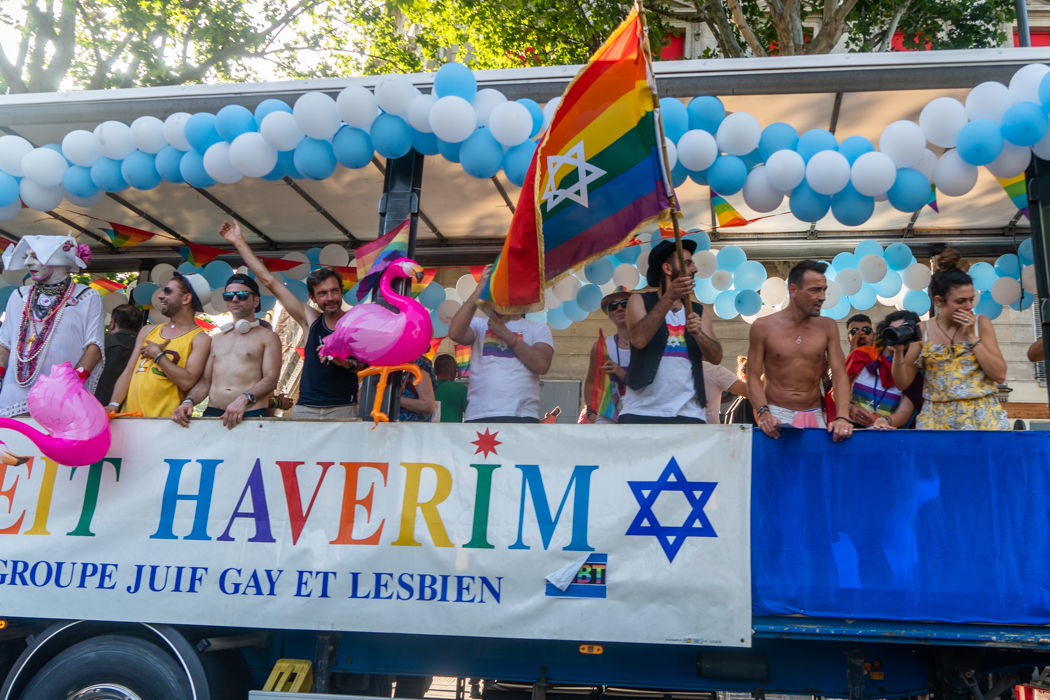
Many of the floats were made up of the homosexual communities of large public or private companies.

Brazilian humor
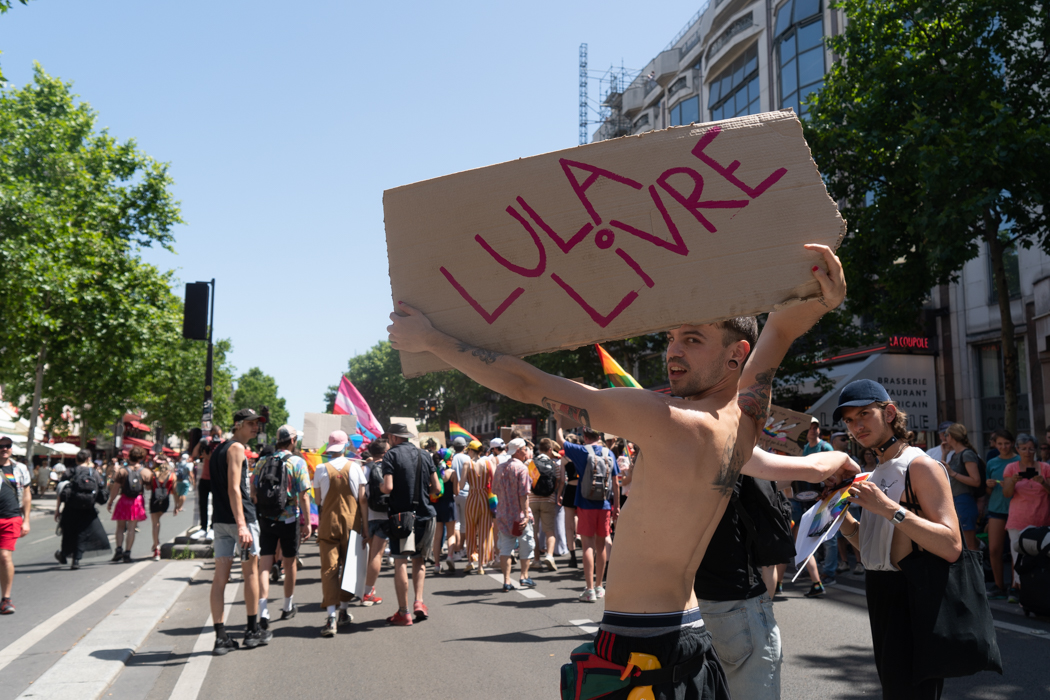
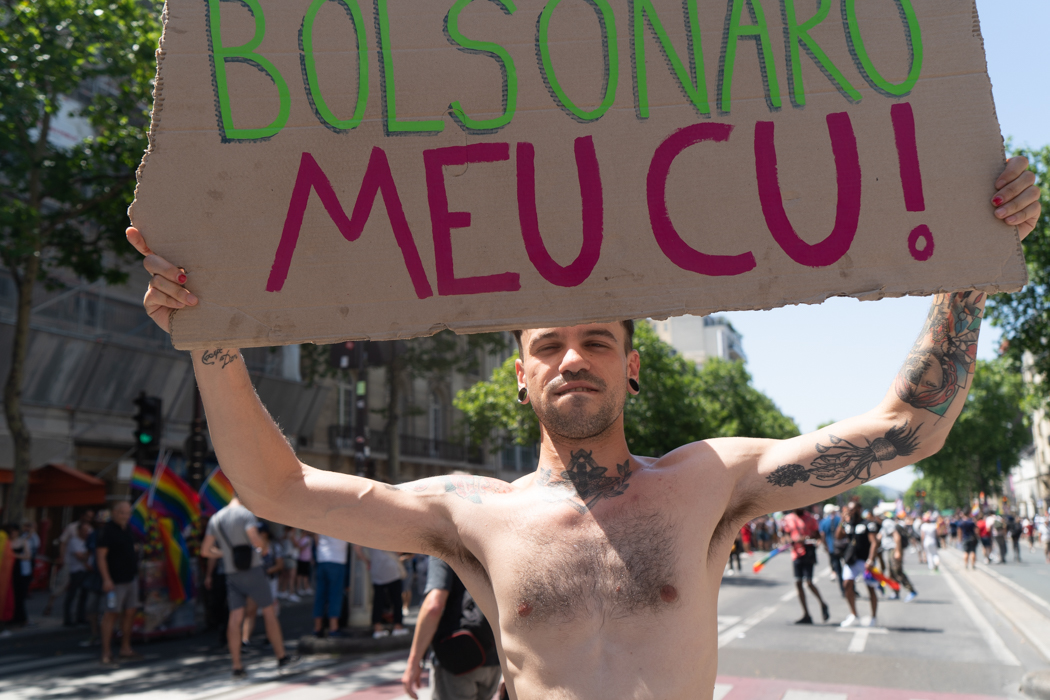
Picturesque couples
An atypical couple and a couple of sailors
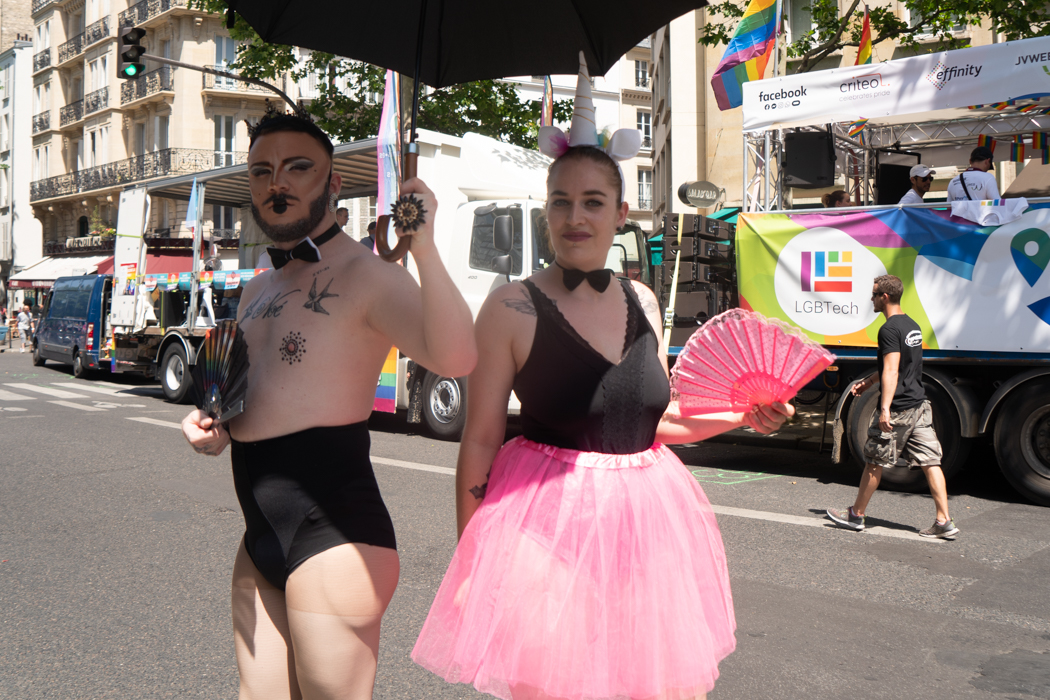
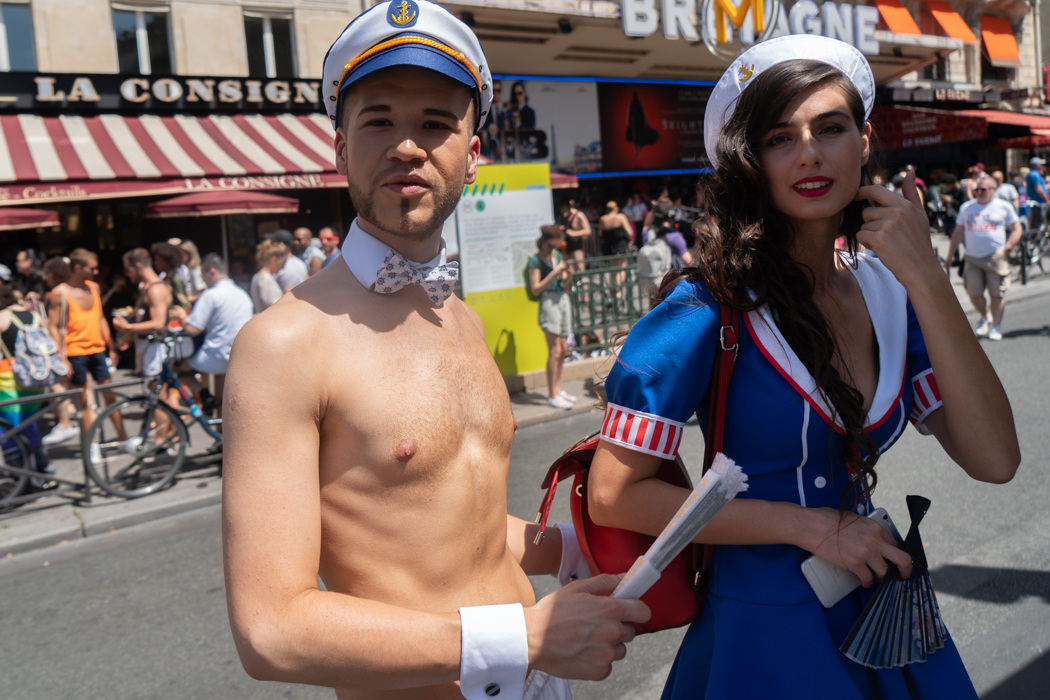
And, as always, faces captured here and there.
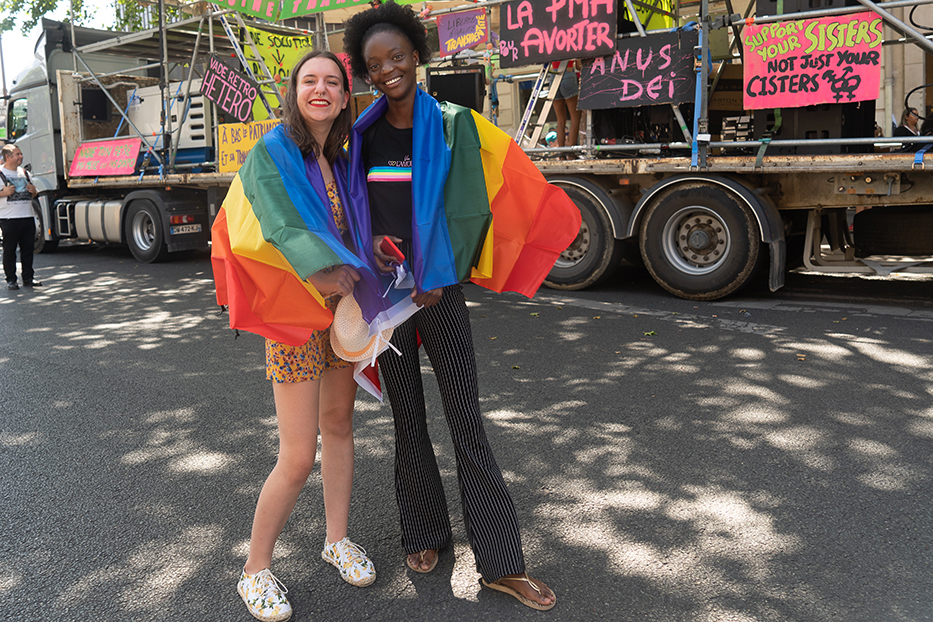
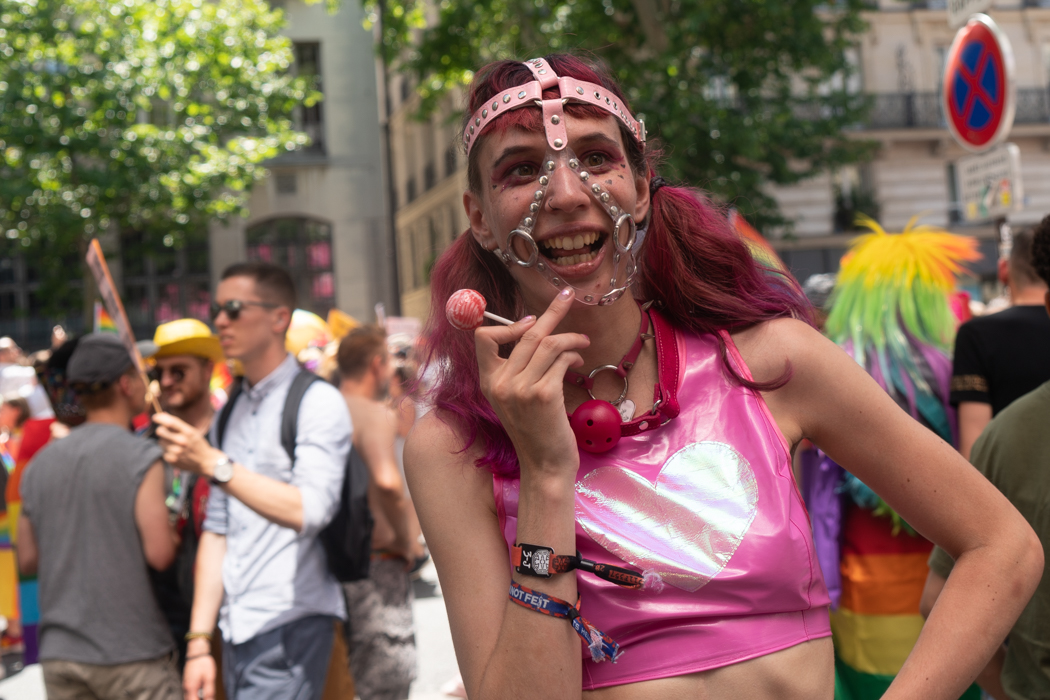
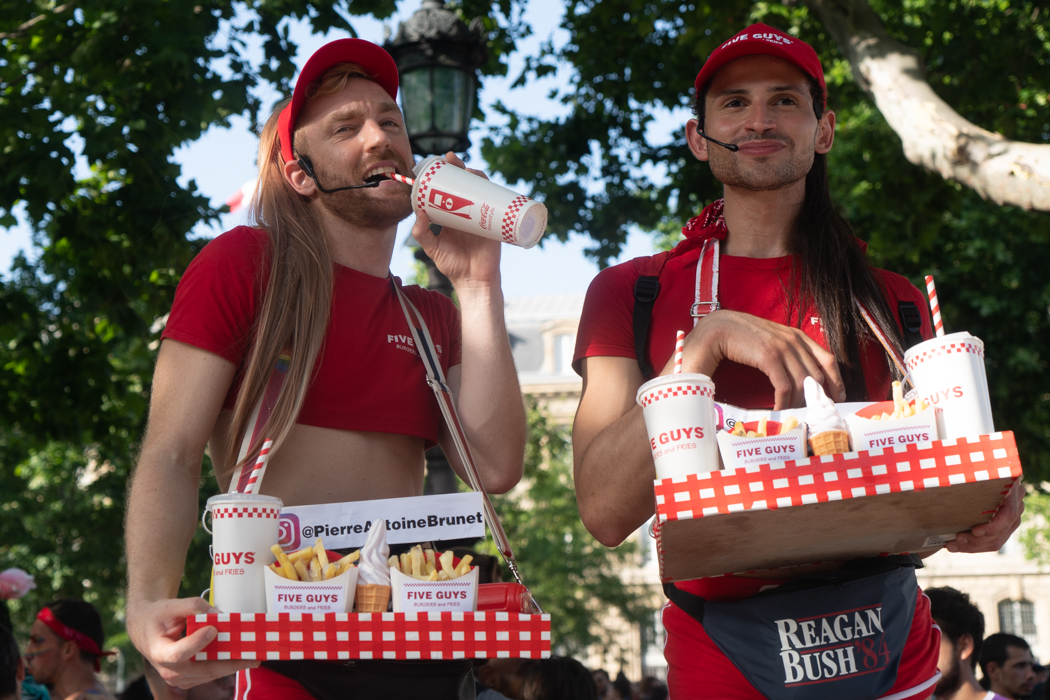

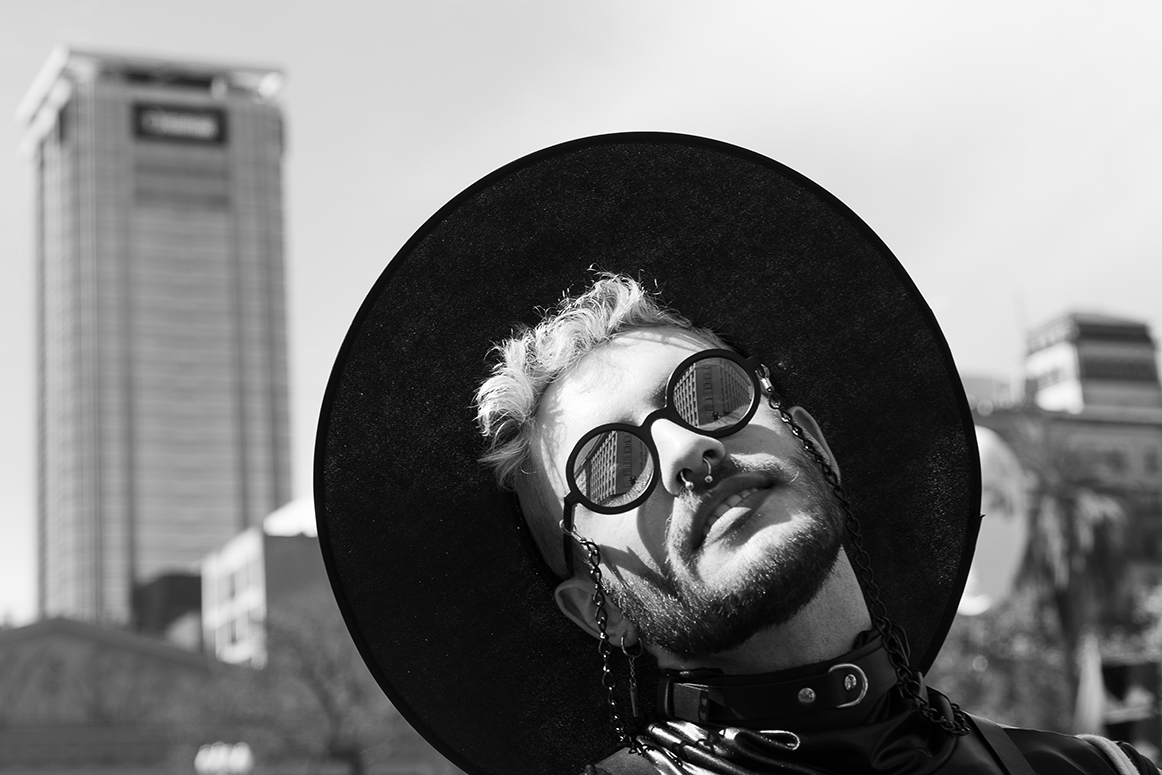
Leave a Reply